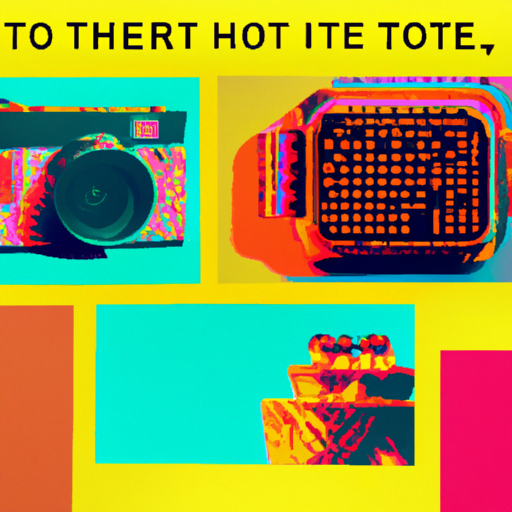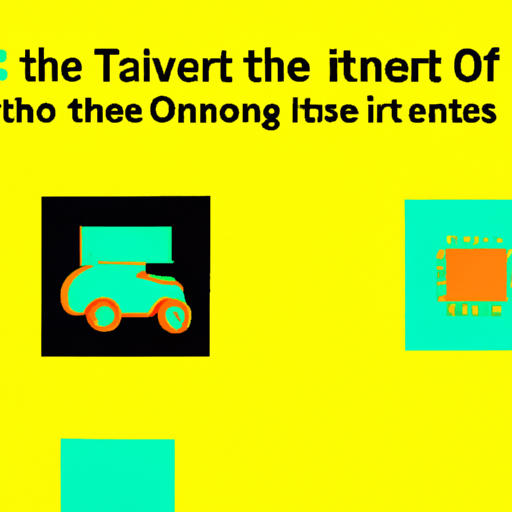
-
Table of Contents
Designing for the Internet of Things (IoT)

The Internet of Things (IoT) is revolutionizing the way we interact with technology. It refers to the network of physical devices, vehicles, appliances, and other objects embedded with sensors, software, and connectivity that enables them to connect and exchange data. As the IoT continues to grow, it presents unique design challenges and opportunities. In this article, we will explore the key considerations and best practices for designing for the Internet of Things.
The Importance of User-Centric Design
When designing for the Internet of Things, it is crucial to prioritize user-centric design. The IoT involves a wide range of devices and applications, and users should be at the center of the design process. Understanding user needs, preferences, and behaviors is essential to create meaningful and intuitive experiences.
One example of user-centric design in the IoT is the Nest Learning Thermostat. Nest designed their thermostat to learn from user behavior and adjust the temperature accordingly. By analyzing user patterns and preferences, the thermostat creates personalized schedules and optimizes energy usage. This user-centric approach not only enhances the user experience but also contributes to energy efficiency.
Seamless Connectivity and Interoperability
One of the fundamental aspects of designing for the IoT is ensuring seamless connectivity and interoperability between devices. The IoT ecosystem consists of various devices and platforms that need to communicate and exchange data effectively. Designers must consider the compatibility of different devices and ensure a smooth user experience.
For instance, Philips Hue smart lighting system allows users to control their lights through a smartphone app or voice commands. The system seamlessly integrates with other IoT devices, such as Amazon Echo, enabling users to control their lights using voice commands. This interoperability enhances the user experience and simplifies the control of multiple devices.
Data Security and Privacy
As the IoT involves the collection and exchange of vast amounts of data, ensuring data security and privacy is of utmost importance. Designers must prioritize the protection of user data and provide transparent privacy settings to build trust with users.
Smart home security systems, such as Ring, exemplify the importance of data security in the IoT. Ring employs end-to-end encryption to protect user data and provides users with control over their privacy settings. Users can choose who has access to their data and can opt-out of data sharing. By prioritizing data security and privacy, Ring builds trust with its users and ensures the safety of their personal information.
Designing for Context and Environment
Designing for the IoT requires considering the context and environment in which devices will be used. IoT devices can be deployed in various settings, such as homes, offices, and public spaces. Designers must understand the specific context and design devices that seamlessly integrate into the environment.
For example, the CitySense project in Amsterdam uses IoT technology to optimize street lighting. The project utilizes sensors to detect the presence of pedestrians and vehicles, adjusting the lighting accordingly. By considering the context and environment, the project enhances safety and energy efficiency in urban areas.
Usability and Accessibility
Usability and accessibility are crucial factors in designing for the IoT. Devices should be intuitive and easy to use, regardless of the user’s technical expertise. Additionally, designers must consider accessibility requirements to ensure that IoT devices are usable by individuals with disabilities.
Amazon Echo, with its voice-controlled interface, exemplifies usability and accessibility in the IoT. The device allows users to interact with it using natural language, making it accessible to a wide range of users. The voice interface eliminates the need for complex menus and buttons, simplifying the user experience.
Designing for Scalability and Future Growth
Designing for the IoT requires considering scalability and future growth. As the IoT continues to expand, devices and platforms must be designed to accommodate increasing volumes of data and users. Designers should anticipate future needs and design flexible systems that can adapt and scale accordingly.
Google’s Nest ecosystem is an excellent example of designing for scalability. The ecosystem includes various devices, such as thermostats, cameras, and doorbells, that seamlessly integrate with each other. The system is designed to accommodate future additions and updates, allowing users to expand their smart home capabilities without disruption.
Summary
Designing for the Internet of Things requires a user-centric approach, seamless connectivity, data security and privacy, consideration of context and environment, usability and accessibility, and scalability for future growth. By prioritizing these key considerations, designers can create meaningful and intuitive experiences in the IoT ecosystem.
As the IoT continues to evolve, designers must stay informed about emerging technologies and user needs. By embracing user-centric design principles and leveraging the potential of the IoT, designers can shape a future where technology seamlessly integrates into our lives, enhancing convenience, efficiency, and overall well-being.
